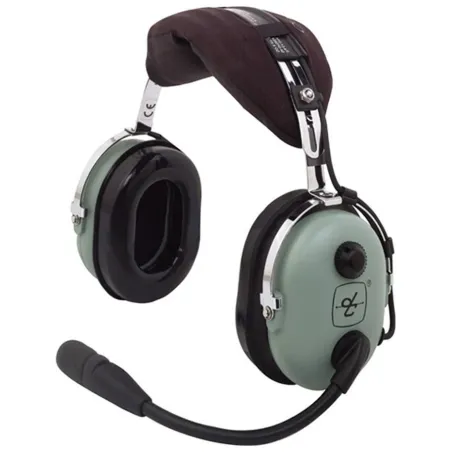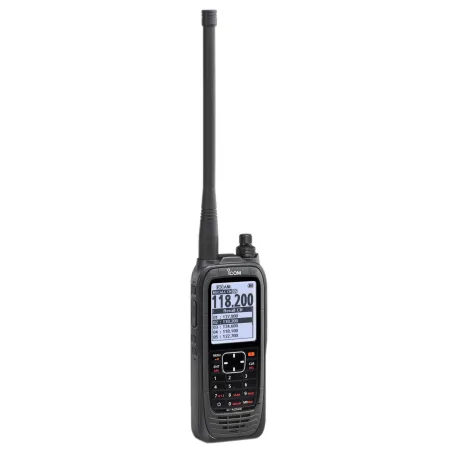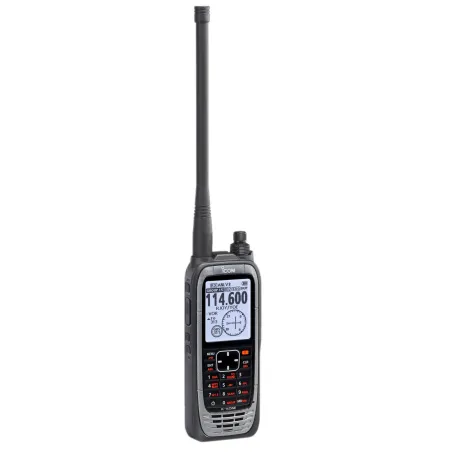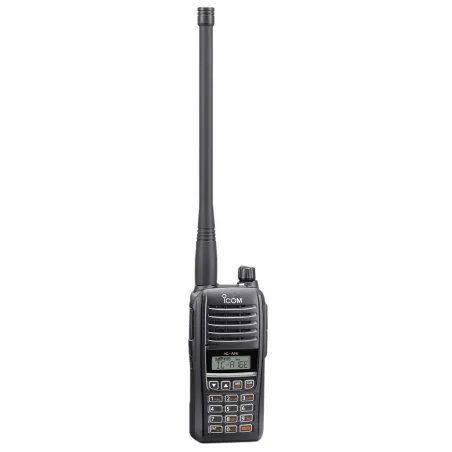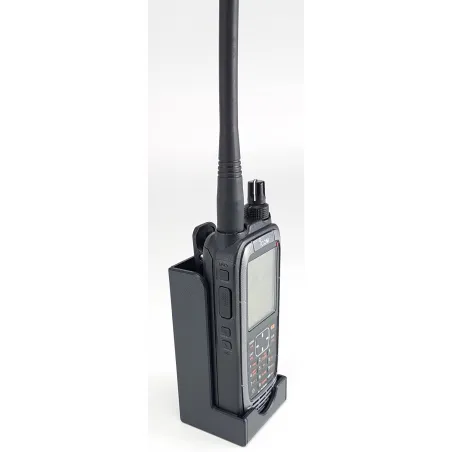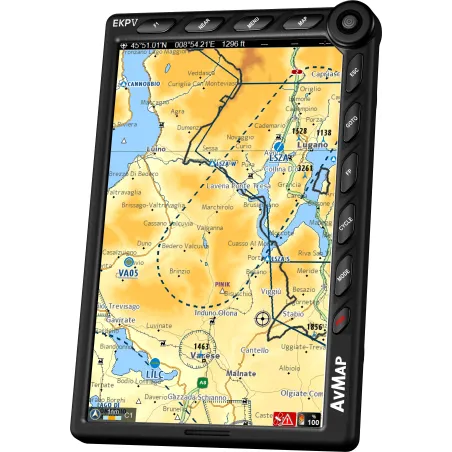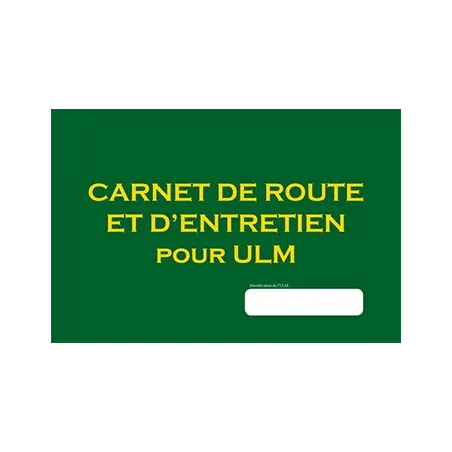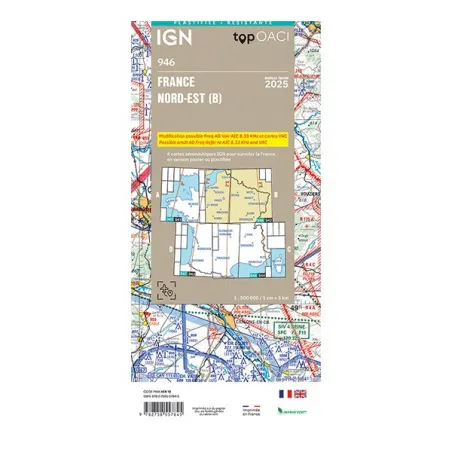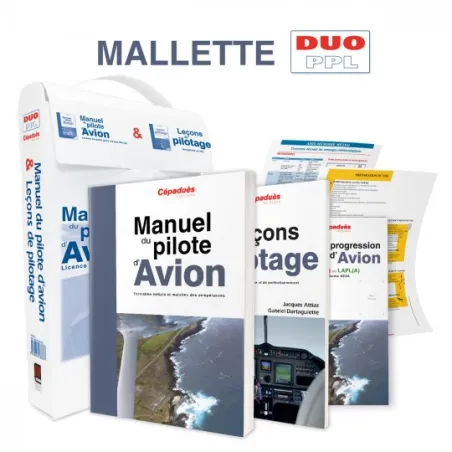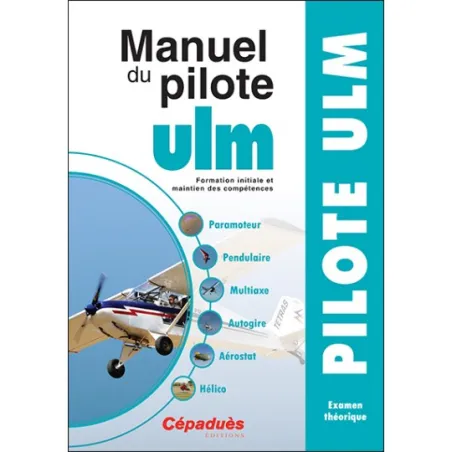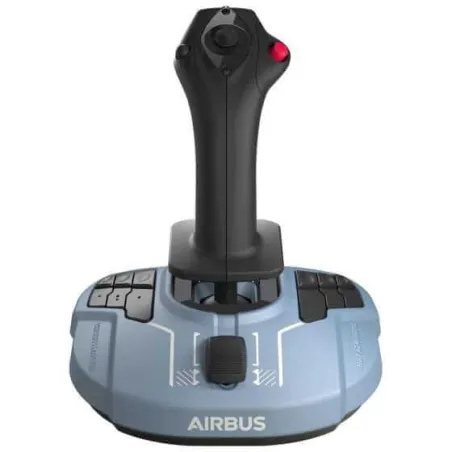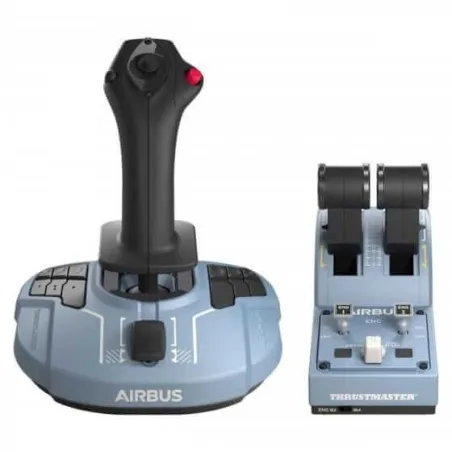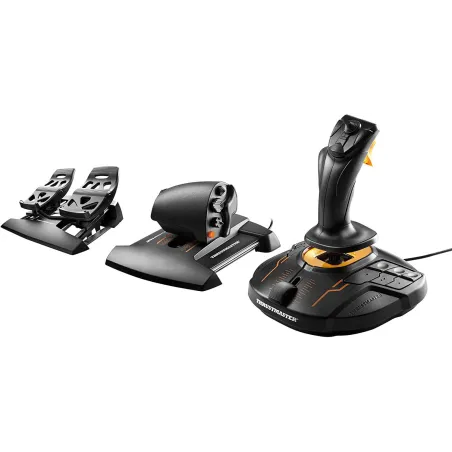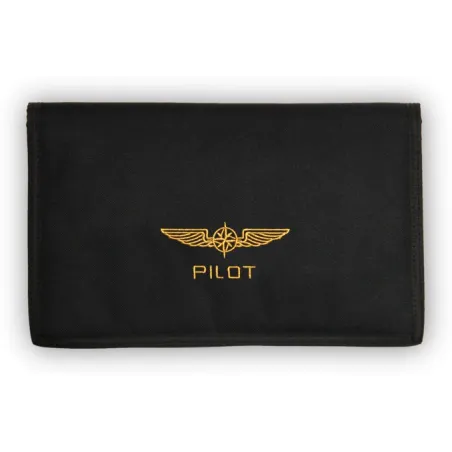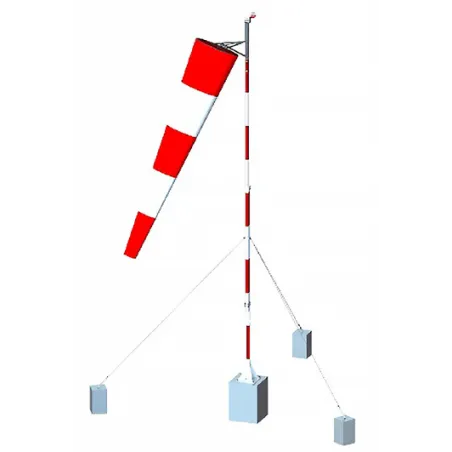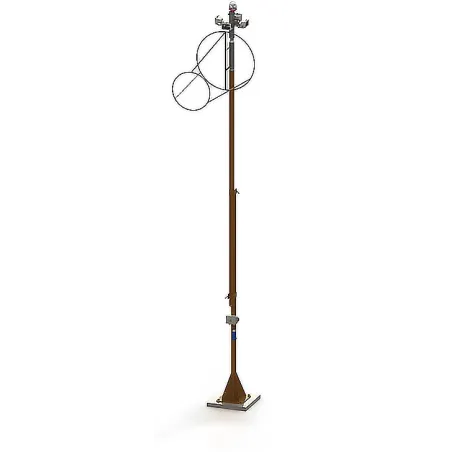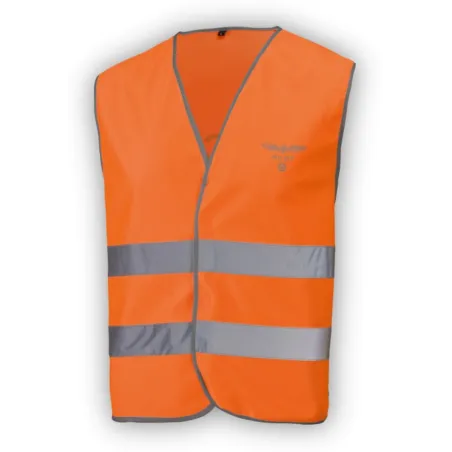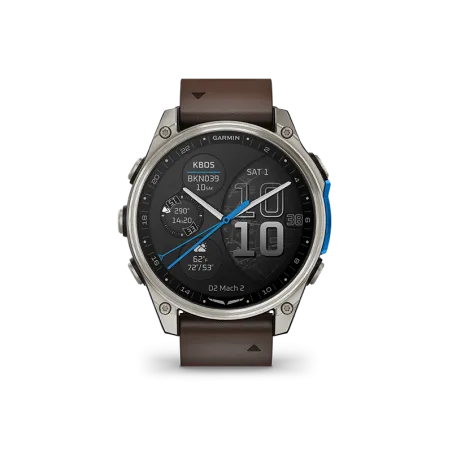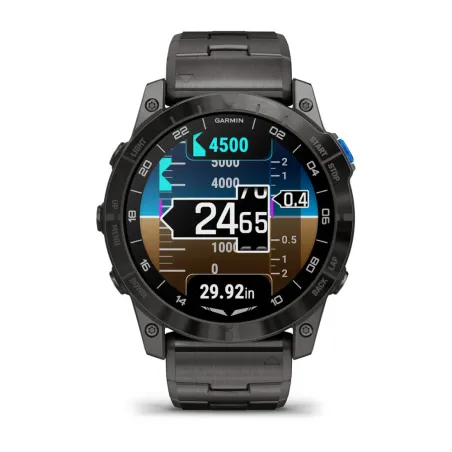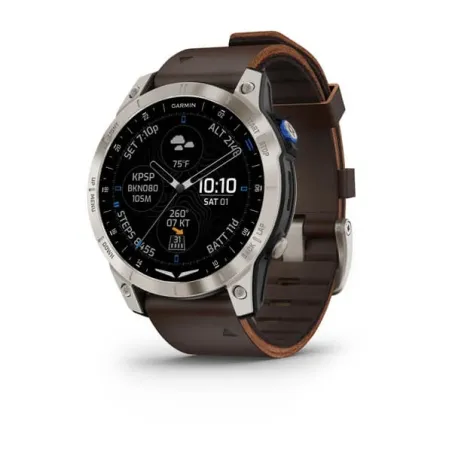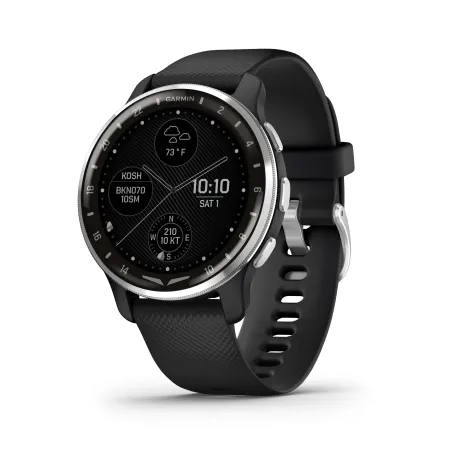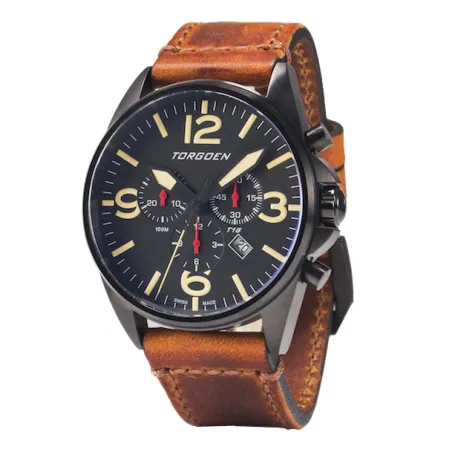Radio communications: the right equipment for the right frequency
Categories :
BAYO
If you are a pilot or if you are closely interested in aviation, you probably know that aeronautical communications worldwide take place on the frequency band between 108 and 137 MHz. And within this band, the "portion" allocated to radionavigation systems occupies frequencies from 108 to 117.975 MHz; the next band, from 118 to 137 MHz, is reserved for communications between pilots and the ground control tower.
This is actually quite limited. Especially since, until 2018, the frequencies to be used within this bandwidth had to be spaced by 25 kHz: this was necessary to prevent communications from being disrupted by interference.
However, the available frequency options became very insufficient given the growth in air traffic and consequently, the number of aircraft trying to communicate simultaneously on VHF. At the same time, technology had improved.
That's why European regulations were modified and now require a narrower gap between channels, reduced to 8.33 kHz. By reducing this gap, the number of available frequencies increases. How does this translate in practice? Let's break it down...
A step-by-step evolution
Because this small technical change required a total renewal of equipment, the European Union implemented it in phases. It began by introducing it in 2007 for aircraft flying above flight level 195 (FL195); in other words, for large commercial airliners.
Starting in 2013, in accordance with regulation (EU) No 1079/2012, all radios sold on the market had to be compatible with this new spacing. But of course, aircraft previously equipped could continue to use radios with the 25 kHz spacing... until 2018.
At that point, the requirement was extended to all aircraft flying within European airspace, regardless of the flight level. This regulation effectively made radios with 25 kHz spacing obsolete in areas where the 8.33 kHz spacing is required, namely classes A, C, and D airspaces. As a result, since January 4, 2018, all IFR flight plans for aircraft not equipped with 8.33 radios are refused. In practice, the pilot must report the presence of this compliant equipment by entering the letter Y in box 18 of the flight plan.
The final step in this transition occurred on January 1, 2021: every aircraft with a radio must now be equipped with the 8.33 kHz spacing.
This new regulation has enabled better frequency management, the creation of new air traffic control sectors, and new services like ATIS or AFIS. It also helps improve safety by reducing the risk of interference.
Thus, this frequency has become an essential standard in European aviation, enhancing both the capacity and safety of aeronautical communications.
Portable radios compatible with 8.33 kHz
As we’ve just seen, today, your aircraft must be equipped in accordance with the new regulation. But what about portable radios that you might be tempted to bring along, either as backup equipment or on an aircraft not required to have a radio? This applies to aircraft such as ultralight planes, kit planes, or vintage aircraft, which have limited flying heights.
For these uses, you’ll find high-quality radios, compliant with the European frequency spacing regulation, from the ICOM brand. This Japanese brand is the global leader in radio communications and offers a wide range of portable radios, two of which are certified by the aviation administration and can be used as primary radios for aircraft types like ULM, CNRA, CNRAC, or CNSK. These are the A25CE and A25NE radios.
Let’s also mention a third interesting model, which, like the two others, supports both 25 kHz and 8.5 kHz spacing but with simplified functions, reserved for ground communications.
All three models share a high level of robustness, guaranteed by the IP67 standard. They are waterproof, dust-resistant, and capable of functioning in difficult environments or circumstances.
But which of these models should you choose? Let’s take a closer look.
The model that suits you
Your usage, constraints, and requirements will guide you to one or another of these devices.
ICOM A25CE: Simplicity
So you’ll choose the ICOM A25CE if you’re looking for a basic, easy-to-use, yet reliable device. This is a VHF airband transceiver designed for aviation communications, with features that make it easy to use during flight.
With a 6-watt power output offering extended communication range, a very readable screen both in bright sunlight and in night mode, and more than 10 hours of autonomy, it guarantees the essentials. As a backup radio in a complex situation, you can rely on its reliability to stay in communication.
Other useful functions increase its value, such as the ability to store and quickly recall the last 10 used channels, memory channel scanning, priority scan, etc., to monitor multiple frequencies, an emergency key on 121.5 MHz, voice command function, and the ability to manage 300 memory channels...
ICOM A25NE: The best
However, if you dream of a multifunctional device that can also assist you with navigation, prefer without hesitation the A25NE model, a high-end aviation radio particularly well suited for pilots due to its advanced features.
The ICOM A25NE is the best. It has the robustness and transceiver functions of its little brother, the A25CE, but with slightly more powerful features. A 6W output power in PEP (or amplitude modulation) improves communication coverage, with distances up to 25 miles. And in addition to the communication channels in the 118 to 137 MHz range, it also supports the NAV band between 108 and 118 MHz.
But most importantly, it integrates other useful features: a GPS, a VOR navigation system, making it an excellent choice for pilots who need precise navigation features and for ultralight aircraft that have limited cockpit space for various devices.
Finally, this model has the significant advantage of integrating a Bluetooth function that allows hands-free use with a compatible headset, offering more comfort and safety during flight.
Icom IC-A16E: Ideal on the ground
The third model is specifically designed for ground use. It’s the tool for ground agents, maintenance, or handling personnel, and anyone moving within the perimeter of an airport and its runways. Its strengths, in addition to its robustness that it shares with its “siblings,” are its small size and lighter weight, making it easy to transport.
It also offers a battery life of 17 hours with the BP-280 battery. Additionally, it features a 1500 mW audio output, ensuring clear communication even in noisy environments, as well as a noise reduction function and a backlit screen for night use.
You get the ultimate portable tool, favored by professionals.
Now that you understand the regulations on channel spacing, you can better appreciate the need for recent equipment compatible with the 8.33 kHz standard. It ensures greater safety and guarantees that you are in compliance in European airspace under all circumstances.
Now it’s time to put it into practice. And if you need a refresher on aeronautical communication modes, we remind you in this article.
Fox-trot Sierra Bravo, do you know everything? Cleared for takeoff!
Share this content
Please log in to rate this article






